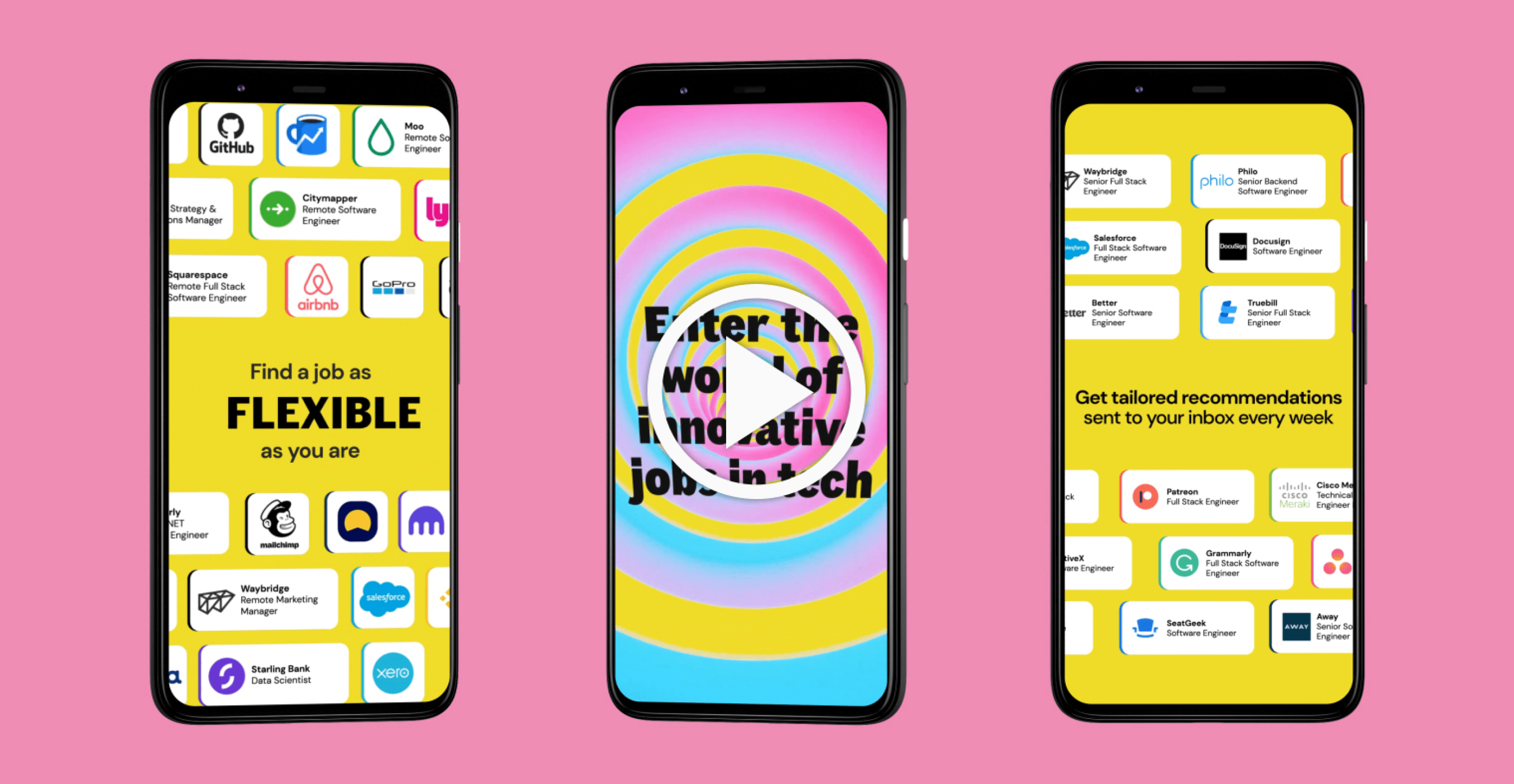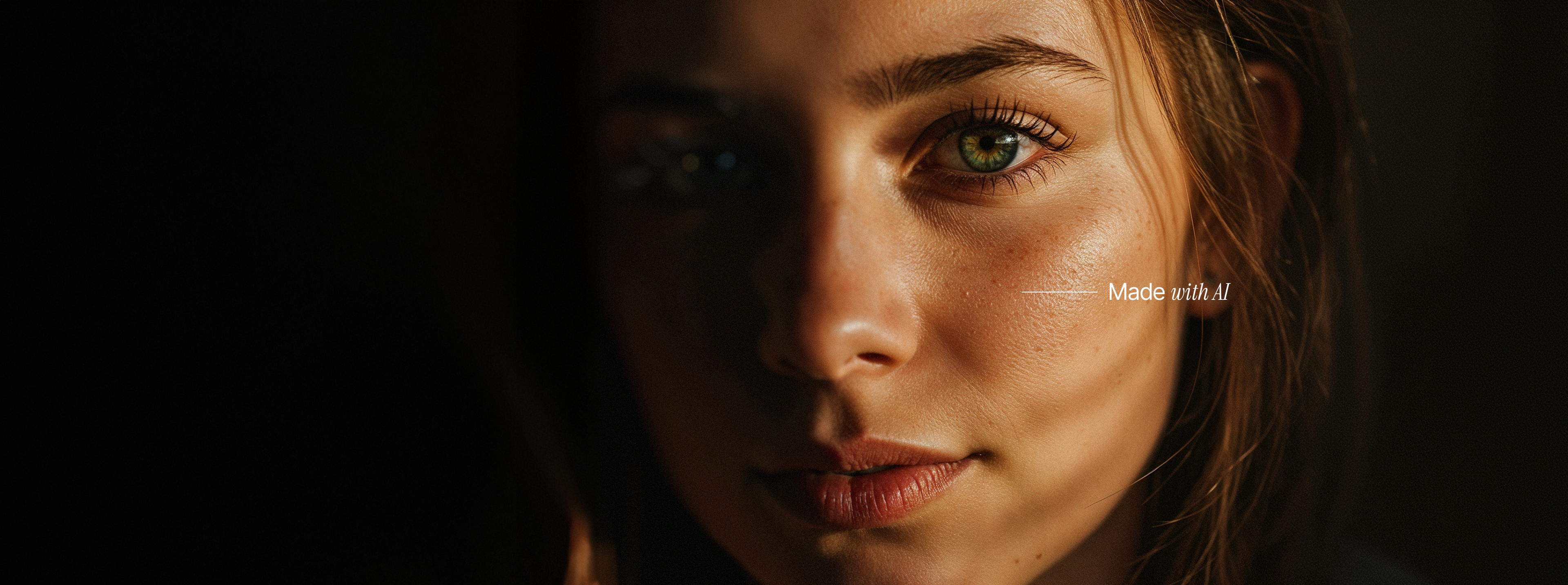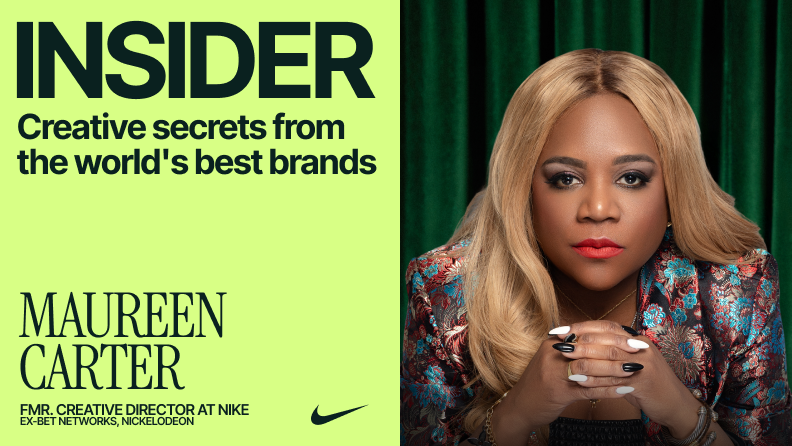Doing More with Less: How to Stop Hedging and Start Making Smarter Bets

You’ve heard it before: "Ideas are nothing; execution is everything."
But what happens to ideas and execution when resources become scarce? When your creative team is downsized, when hiring freezes and mass layoffs become commonplace, when there are fewer hands on deck, when every expense is carefully scrutinized?
Companies of all sizes—from the scrappy startup to the biggest enterprise—are grappling with this reality right now as the world braces for a global economic downturn in 2023.
The only thing "business as usual" is businesses still need to bring in revenue to stay afloat, and so more is expected of marketing and creative teams, many of whom are now working with less.
In good times…
Growth is a land grab. Companies could gamble on several experimental ideas at once, knowing they might not pan out:
- Build a media company! ✅
- Re-brand!✅
- Start a podcast!✅
- Acquire a media company!✅
- Partner with a celebrity influencer!✅
A year ago, you could throw spaghetti at the wall and see what sticks, and it was easy to get the green light to execute almost any if it sounded the least bit interesting.
In these times…
Marketing is forced to contend with limited internal resources and declining market demand as businesses and consumers prioritize must-haves over nice-to-haves.
Throwing spaghetti at the wall is no longer a viable option—the price of pasta has literally gone up.
When marketing can't afford to be a game of chance, it becomes one of choices.
Suddenly, all those ambitious ideas come crashing back down to earth:
- Build a media company!❌
- Re-brand!❌
- Start a podcast!❌
- Acquire a media company!❌
- Partner with a celebrity influencer!❌
So, how can we adapt?
Stop Hedging and Start Making Smarter Bets
With less capacity to execute and fewer “chips” to gamble on marketing ideas, the knee-jerk reaction is to hedge our bets by reigning in costs and sticking to what's safe.
It's a sound strategy in theory, but in practice might backfire for three reasons.
1. There's less demand to capture in a downturn
Forced to choose between reliable, incremental growth tactics and creative high-risk/high-reward ideas, it's easy to choose caution.
But prioritizing safer demand capture tactics when demand is dwindling across the board leaves marketing and creative teams playing defense when they should be playing strategic offense.
Recessions are the worst time to fight for demand. And recessions are a great time to create demand.
—Christopher Lochhead, Author of Play Bigger
A smarter bet: Create demand instead
With fewer resources, shiny objects are now distractions and the focus is back on the first function of marketing: generating demand for the products and services you sell.
In fact, a 2022 Gartner survey of CMOs found that the top three areas of investment for marketing budgets were:
- Campaign creation and management (10.1%)
- Brand strategy (9.7%)
- Marketing operations (9.6%)
Marketing strategies may be re-orienting around brand awareness, engagement campaigns, and better efficiency, but 58% of the CMOs surveyed acknowledged that their teams still lacked the capabilities to execute their strategies, bringing us to the next problem with hedging.
2. High-impact ideas are half-executed (or not executed at all)
How many winning ideas are gathering dust in your Kanban board’s backlog—all because they were waiting on resources?
How many good ideas have been dismissed as bad ideas only because they lacked enough fuel for the last mile? The ones that could have been roaring successes with the right creative talent, strategic distribution, or a faster time-to-market?
Getting the resources to execute can be tough even in good times. But when resources are scarce, winning ideas might end up never seeing the light of day.
A single well-executed smart bet can change the course of a company, like Patagonia's famous "Don't Buy This Jacket" anti-consumerism ad which appeared in the New York Times for Black Friday.
Still, how can marketers and creatives manage the risks associated with untested ideas when they can't afford the cost of failure?
A smarter bet: Make space for integrated marketing campaigns
Instead of throwing darts in the dark hoping for a bullseye, an integrated marketing campaign focused on a specific high-value target audience can help get your brand and message out to the market in a more reliable manner.
With channels, creative, and incentives aligned around the same campaign, the overall cost of these bigger bets starts to come down as:
- Copy and creative can be repurposed from one channel to another
- Greater consistency in the customer journey—from brand awareness ads to campaign offers to landing pages—leads to more efficient customer acquisition costs
- Resources allocated to converting less qualified audiences are refocused on audiences with a high likelihood of becoming a customer
3. Politics become fiercer as resources become scarcer
What happens when performance marketing can't get a designer's time to launch a new campaign because the creative team is tied up in a brand campaign?
Corporate politics.
When even the low-hanging fruit becomes hard to pick, it can get Game of Thrones real quick, leading to all kinds of dysfunctions, especially between marketing and creative teams.
“It’s politics in a lot of ways in companies. You’ve got all these OKRs and everybody’s trying to take credit, trying to attribute to whatever they’re doing. Everyone’s just trying to justify their existence.”
—James Robinson, Chief Marketing and Strategy Officer at Insurate
A smarter bet: Invest in creative operations to add more capacity for execution
Overcoming limited resources as a barrier to execution means investing in areas outside of tactical execution: operations, technology, and outsourcing.
The gains in speed, bandwidth, and cost-efficiency allow more ideas to be executed more thoroughly:
- Outsource the execution to freelancers, agencies, or Superside to make up for a lack of headcount
- Implement templates and tools that can help scale creative output
- Automate workflows and project updates where possible to help teams operate more smoothly
Resilient Marketing and Creative Teams Don’t Rely on Luck
Resilient marketers and creative teams are often no strangers to scarcity—from one-person marketing teams who got by on good ideas and grit to unicorn creatives who've shipped viral videos with $0 budgets.
These teams and their tactics are worth looking to for inspiration for how to approach marketing in a recession or any situation where we're forced to do a lot with a little.
Continue Reading
- 11 Lessons from Marketing & Design Leaders on Fueling Growth Through Uncertainty
Key takeaways from our virtual summit, including hot takes from Chris Do, Adam Morgan, Dave Gerhardt and many more.
For Creative Directors
- Insourcing vs. Outsourcing
A creative decision-making guide to help you make creative decisions faster featuring HubSpot's Creative Director Dmitry Shamis - Hiring In-House vs. Agency
A pros and cons breakdown to weigh your options - 2023 Design Trends
A breakdown of where we see design going in 2023 including typography, illustration, and data visualization
For Marketers
- Creative Operations
The new marketing playbook to launch campaigns faster with better ROI and flexibility to adapt to market shifts - Experiment With Confidence
Use Data, Insights, and Beliefs to make smart Bets (DIBB framework) to propel your marketing forward in uncertain times - How Superside used UGC video to lower CPL
Learn how UGC-style video delivered a 217% increase in lead acquisition and cut our cost-per-lead by 45% month over month.
Amrita is a veteran B2B SaaS marketer and the VP of Marketing at Superside. Besides preaching to everyone and their mother about how good execution is the ultimate differentiator for your company, she hosts our monthly Gather & Grow series featuring leaders from Adobe, Dropbox, HubSpot, Intuit, Shopify and more. Find her on LinkedIn and Twitter and say hi!
You may also like these
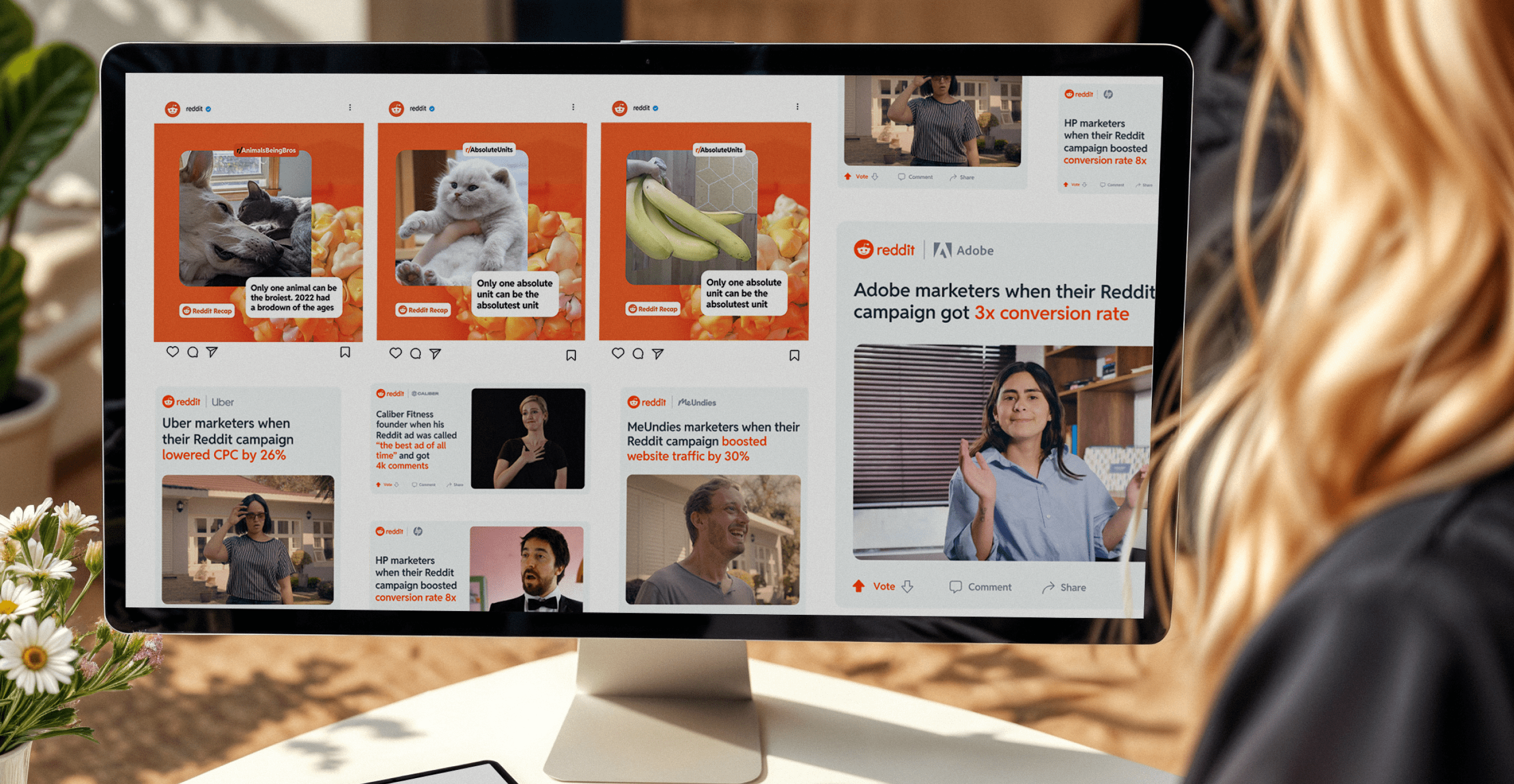
15 best meme marketing examples from big brands in 2025
Doge, Pepe the Frog, Grumpy Cat or Flex Tape. Most of us have shared a spot-on meme with friends or coworkers. Still, many brands overlook the fact that memes aren’t just silly jokes but powerful marketing tools.Audiences expect marketing that blends seamlessly into their social feeds, and over 60% of people say they’re more likely to buy from brands that use memes.Memes are humorous, relatable and emotive. When used strategically, they’re a low-cost, high-reward way to get your brand noticed. Plus, marketing memes that tap into current trends and internet culture could drive relevance for your brand.As the world’s leading AI-powered creative service, Superside is your go-to partner for scroll-stopping, brand-boosting creative campaigns that can include memes.But before we get into how Superside can supercharge your growth, let’s break down the magic behind meme marketing, why these visuals work wonders for brands, and 15 real-world meme marketing examples that delivered results. 😉
The creative power of data: How to go beyond numbers
Over the last ten years, access to marketing data has gone from a slow drip to a virtual tsunami of performance data, social media metrics and marketing analytics. Creative teams are swimming in data—unfortunately, without lifeguards.We've talked to over 200 creative leaders who, like you, wish data came with a mute button. In our Overcommitted Report, 76% of leaders said they feel burned out, and 78% say the demands on their teams are exceeding their capacity.The solution? Using data to improve workflows and inspire your team.The problem? Knowing how to cut through the noise (and the data points) to focus on what matters.Simply put, it's not how much data you have but what you do with it. We were lucky to have two creative leaders, Malik Sulieman, Creative Director at Cash App, and Ryan Hammill, Creative Director at ServiceNow, join us on our Overcommitted Virtual Summit to share how they pair data and creative insights to reduce burnout and help their teams create fantastic work.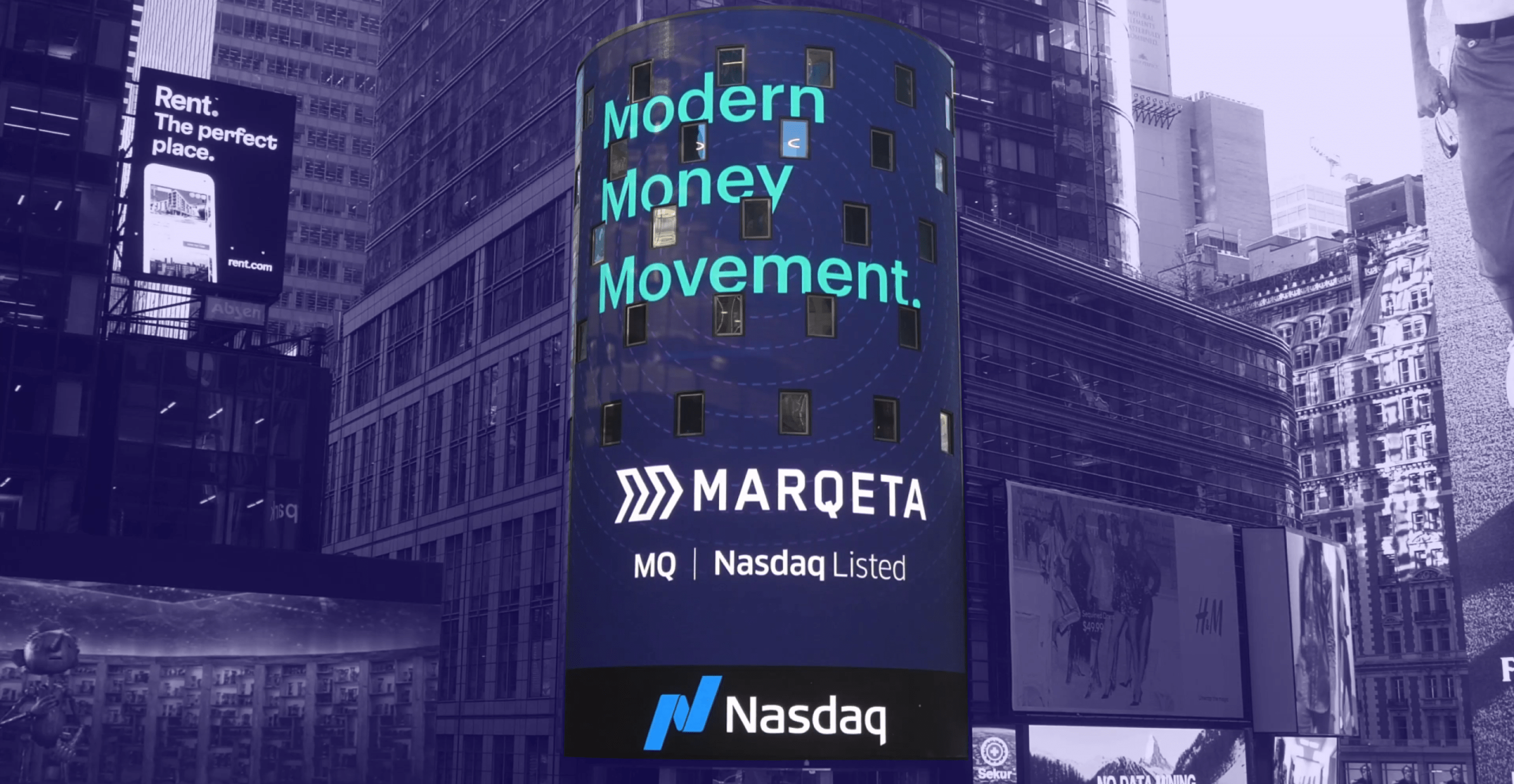
9 creative OOH advertising examples for inspiration in 2025
Think out-of-home (OOH) advertising is outdated in today’s digital-first world? Think again. OOH ads remain an impactful form of brand communication.From towering billboards along busy highways to interactive digital screens in urban centers, OOH involves capturing attention in the physical world, specifically when people are on the go and can’t see their digital devices.In 2025, the most effective multichannel marketing campaigns blend physical and digital experiences, such as QR codes for exclusive content or AR ads that come to life. These tactics aren’t just trends: they help brands turn public spaces into creative, cultural touchpoints that achieve the most precious thing that most miss to do: be remembered.Ready to grab attention with OOH advertisements? Check out nine of the most impressive recent OOH campaigns and discover what makes this medium so relevant and effective today.The modern power of OOH in brand marketing